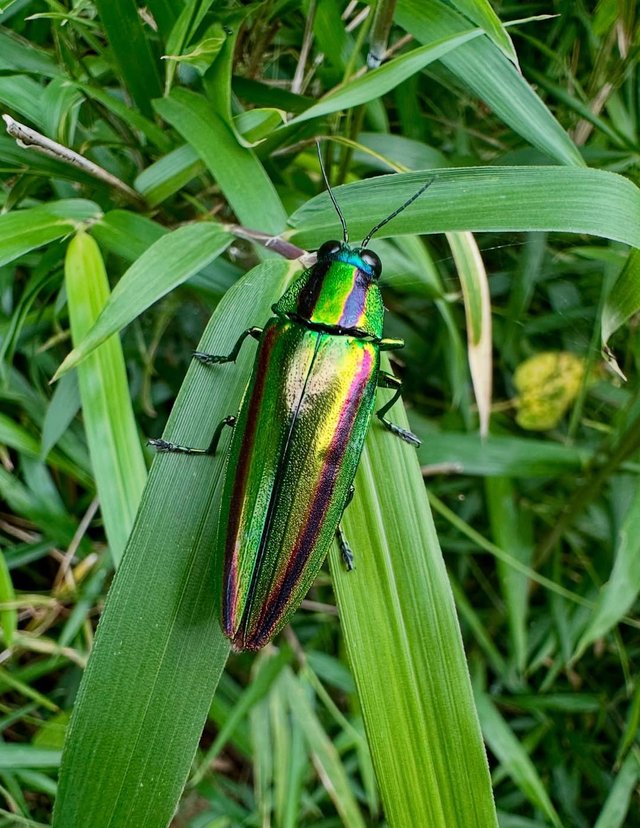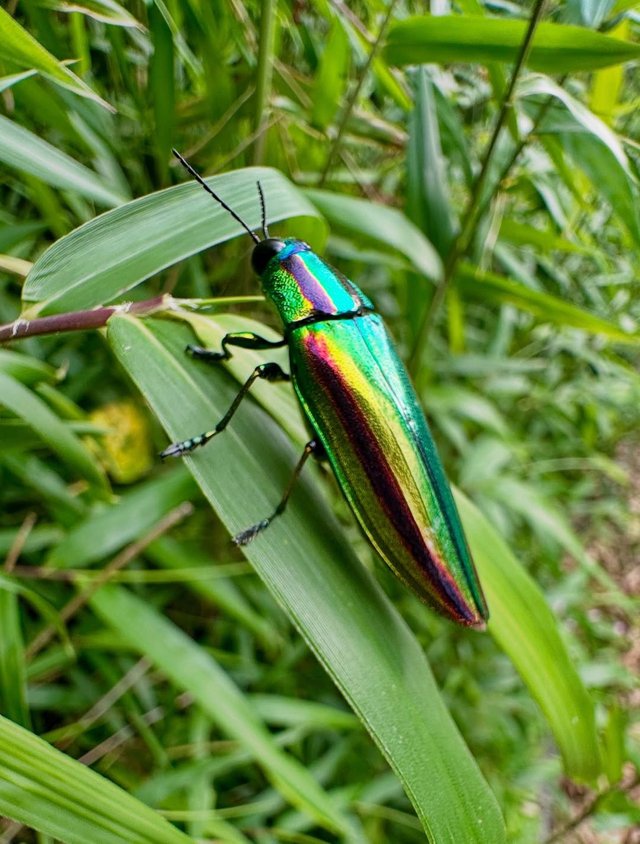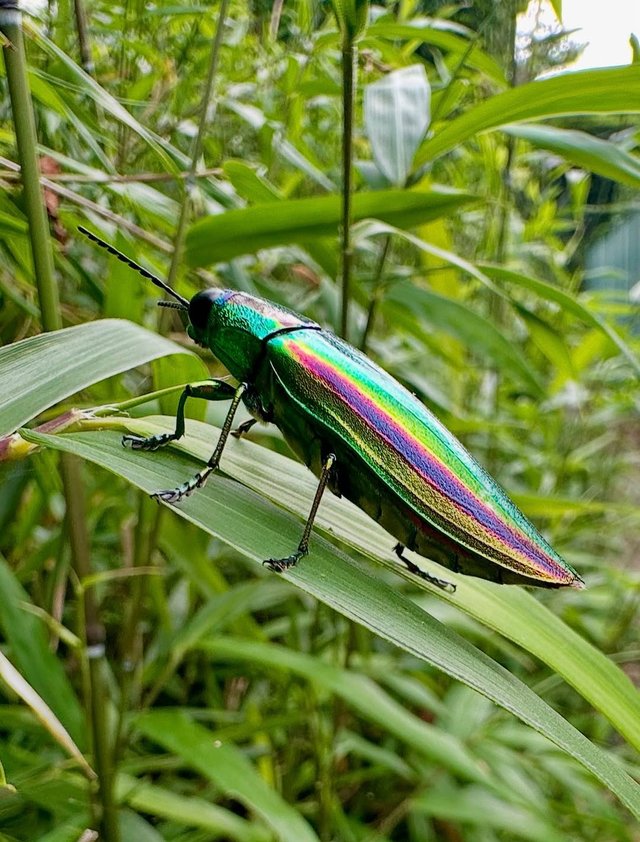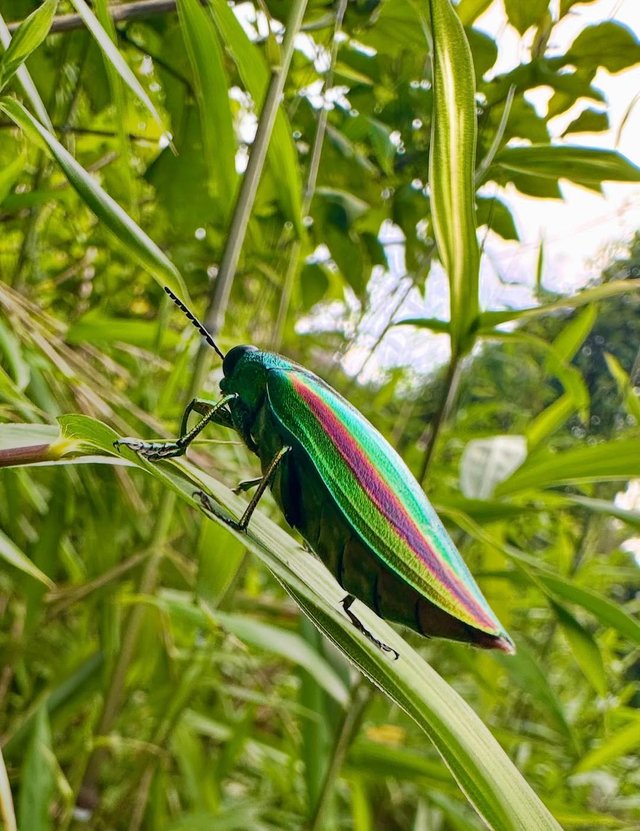Chrysochroa Insect
Among the dazzling diversity of the insect kingdom, few creatures capture the imagination quite like Chrysochroa, a genus of jewel beetles that seem more like living gemstones than terrestrial lifeforms. Belonging to the family Buprestidae, these beetles are celebrated for their brilliant, iridescent colors, intricate patterns, and ecological importance.
The vibrant coloration of Chrysochroa beetles isn’t the result of pigmentation, but structural coloration—a phenomenon where microstructures on the beetle’s exoskeleton interfere with light, reflecting different wavelengths depending on the angle. This gives their exoskeleton a dazzling, shifting appearance in natural light. It’s the same optical trick seen in butterfly wings, peacock feathers, and opals.
The larvae, commonly known as flat-headed borers, live inside wood, feeding on the sapwood or inner bark of trees. They play an important role in nutrient cycling, helping to decompose dead or dying wood. However, some species may be pests in forestry due to their wood-boring habits.Adult beetles are typically active during the day and are often seen basking in the sun on tree trunks or flying among flowers. Many are attracted to the scent of fermenting fruit or tree sap. Chrysochroa is more than just a pretty beetle—it's a marvel of evolution, a contributor to forest ecology, a cultural icon, and a muse for science and art. Whether glinting under the forest canopy or behind glass in a collector’s cabinet, these beetles remind us that nature often outshines even the most sophisticated human creations.



